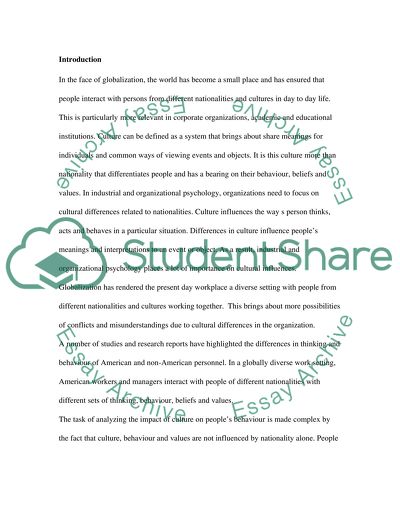Cite this document
(“Critically analyse Schneider's proposition that human beings seek out Essay”, n.d.)
Retrieved from https://studentshare.org/environmental-studies/1419847-critically-analyse-schneideryies-proposition-that
Retrieved from https://studentshare.org/environmental-studies/1419847-critically-analyse-schneideryies-proposition-that
(Critically Analyse Schneider'S Proposition That Human Beings Seek Out Essay)
https://studentshare.org/environmental-studies/1419847-critically-analyse-schneideryies-proposition-that.
https://studentshare.org/environmental-studies/1419847-critically-analyse-schneideryies-proposition-that.
“Critically Analyse Schneider'S Proposition That Human Beings Seek Out Essay”, n.d. https://studentshare.org/environmental-studies/1419847-critically-analyse-schneideryies-proposition-that.


